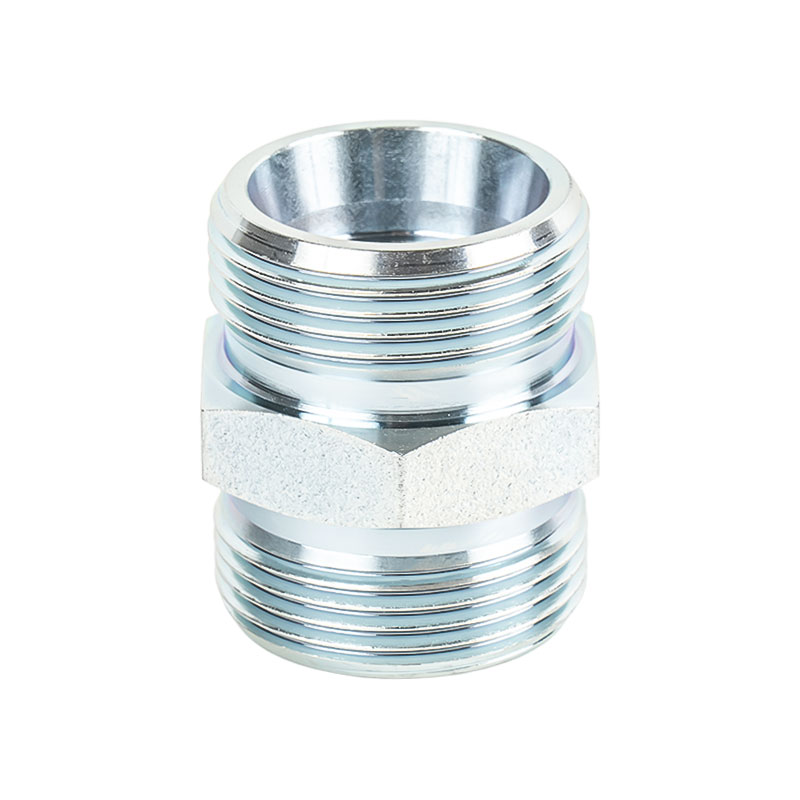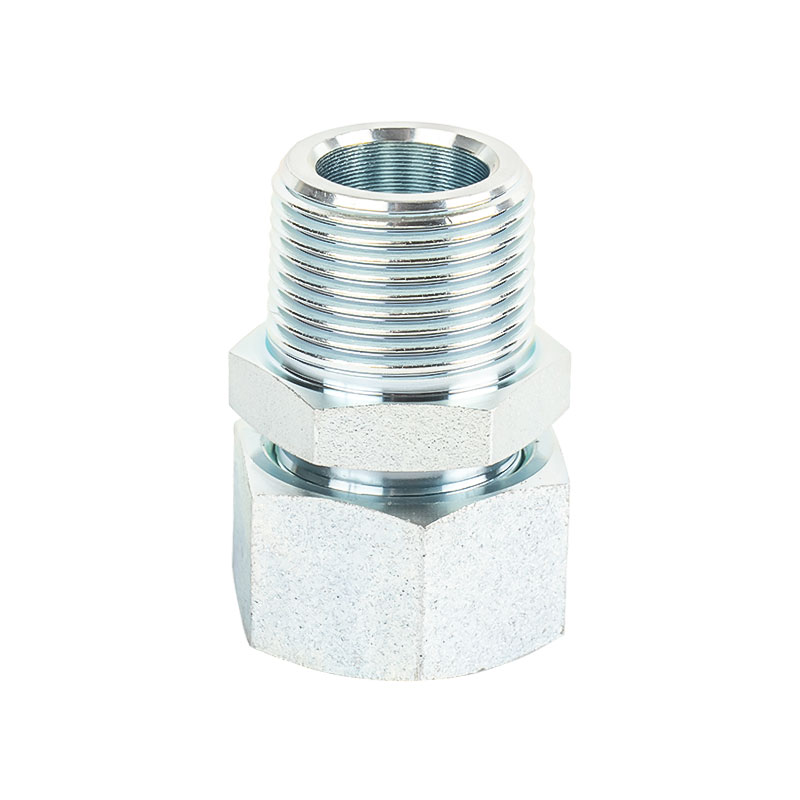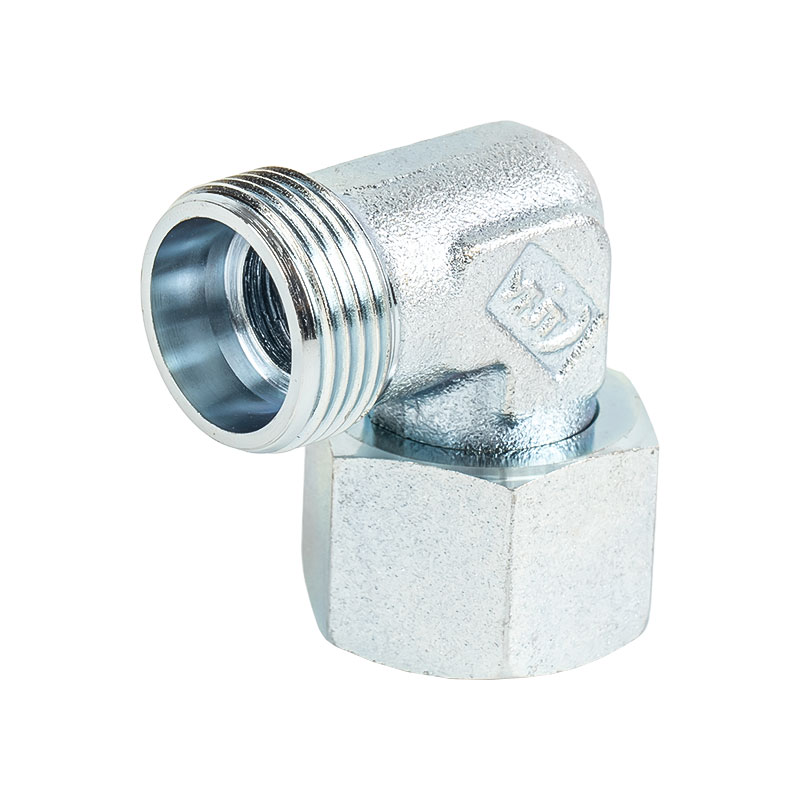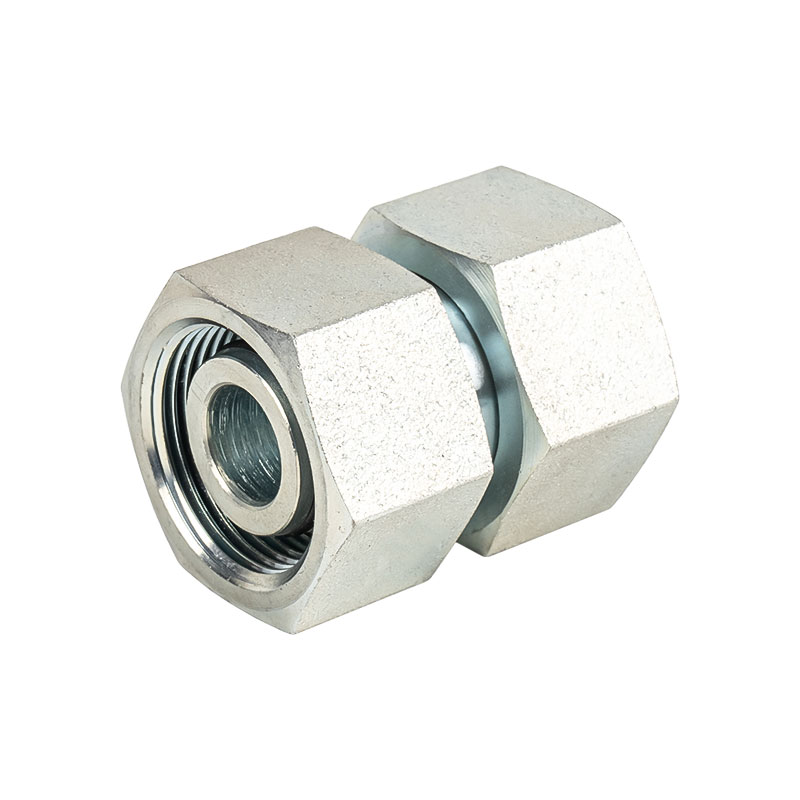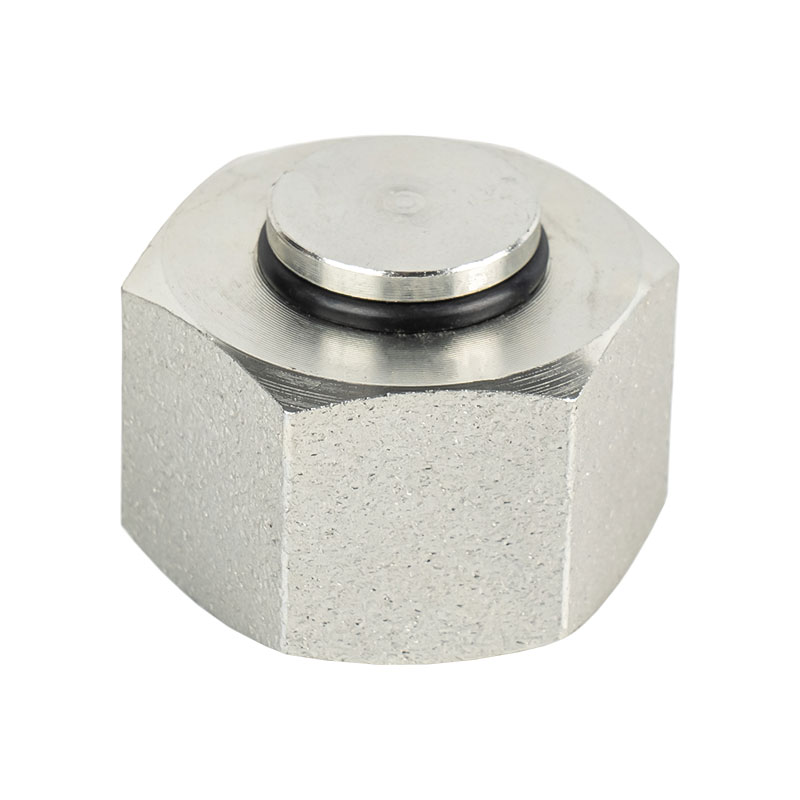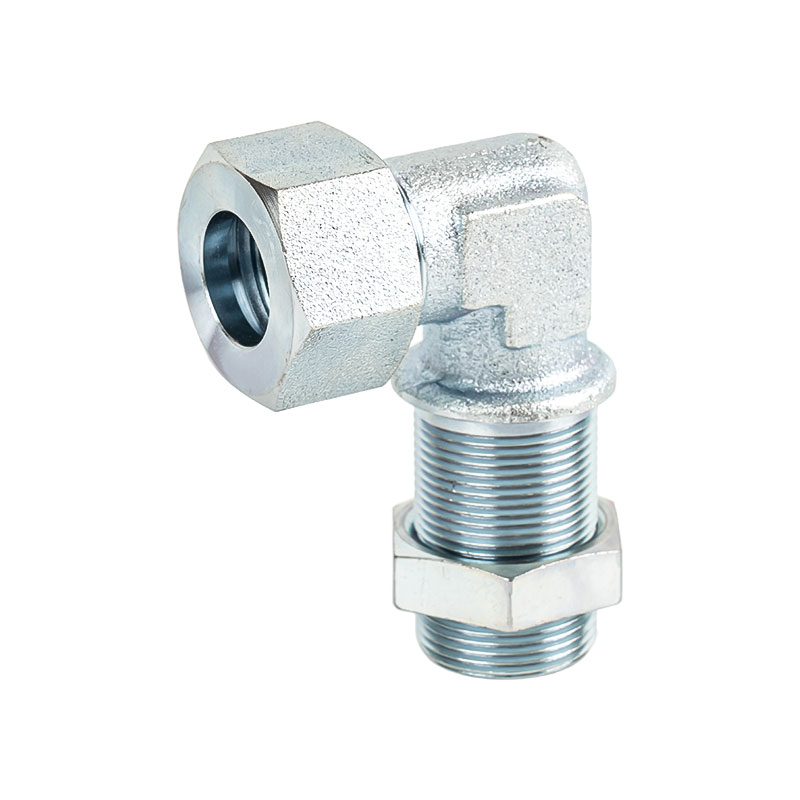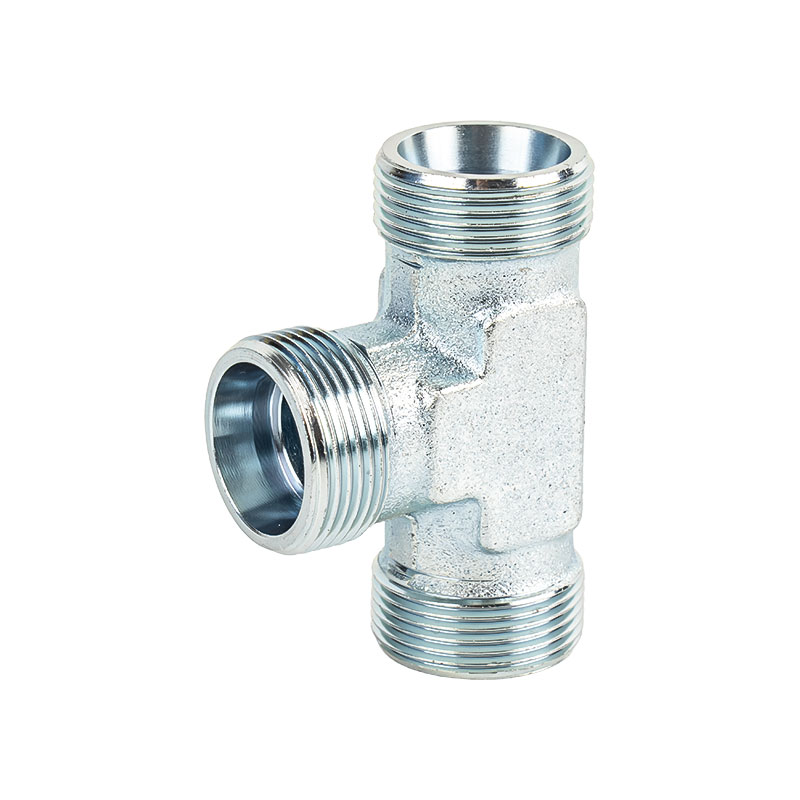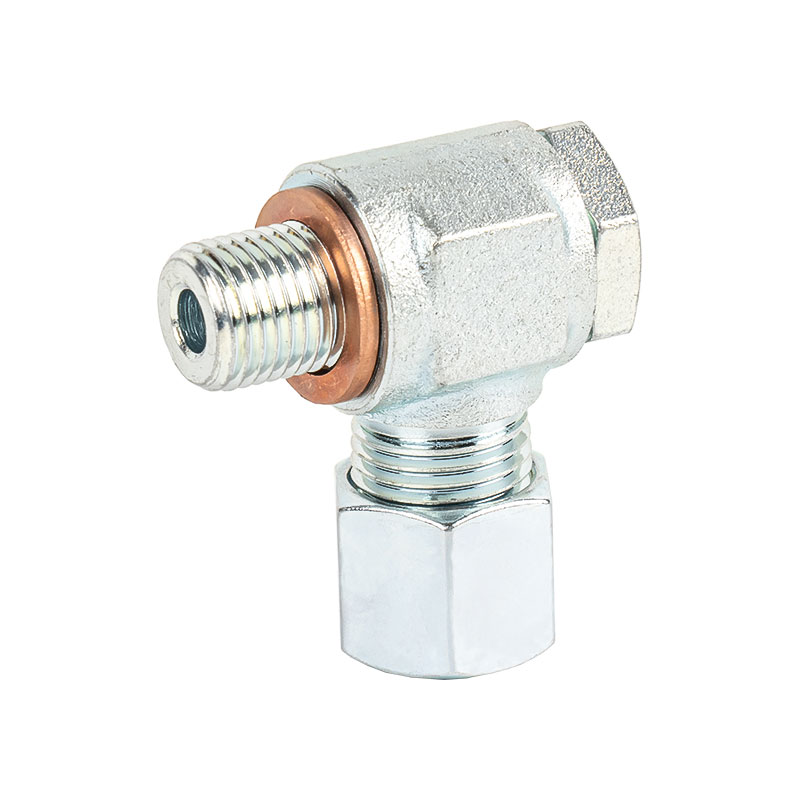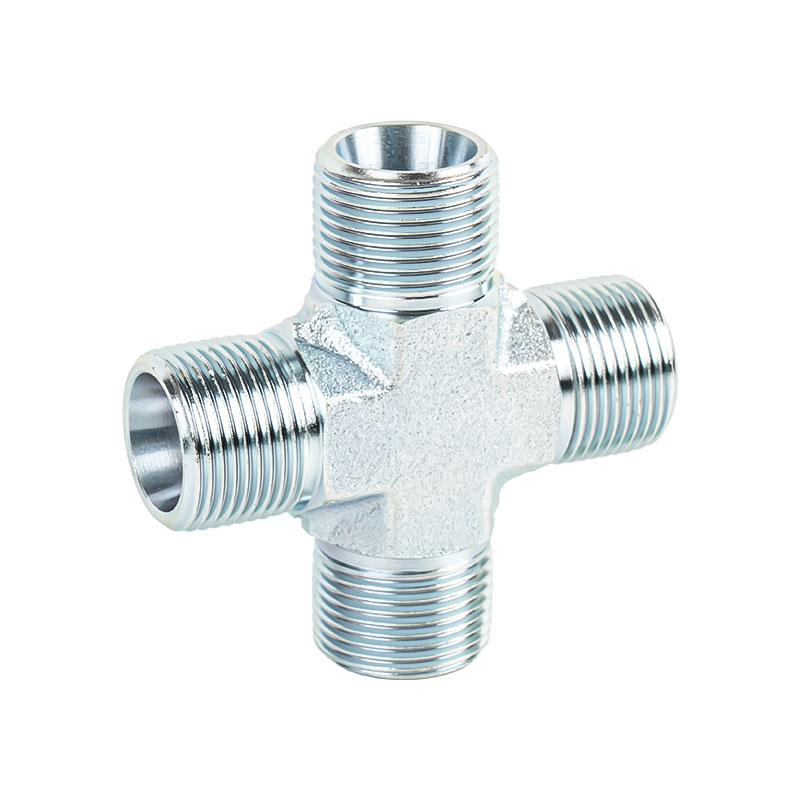Whether the adapter fittings use anti-corrosion alloy or gold plating
In the rapid development of electronic equipment, adapter fittings are important components for connection and transmission. The material selection of their contact terminals and internal conductive parts has a direct impact on service life, stable performance and signal transmission quality. Among them, whether to use anti-corrosion alloy or gold plating has become one of the key indicators for evaluating the performance of adapter fittings.
The role and advantages of anti-corrosion alloys
During long-term use, adapter fittings will be exposed to moisture, dust, oil in the air, and may even work outdoors or in a humid environment. The metal parts are exposed to these conditions and are prone to oxidation and corrosion. Therefore, many manufacturers choose to use anti-corrosion alloys as raw materials for key components such as pins and contact sheets to enhance their environmental adaptability.
Common anti-corrosion alloys include copper-zinc alloys, nickel-copper alloys, stainless steel, etc. These materials themselves have high oxidation resistance and mechanical strength, and can maintain good conductivity and structural stability even in high humidity or slightly corrosive environments. Compared with ordinary metals, this type of alloy is not easy to rust, and the surface will not form a resistance layer due to oxidation, thereby ensuring long-term stable contact.
Gold plating improves contact performance
In addition to alloy selection, another common treatment method in adapter fittings is gold plating of the terminal or connector surface. Metallic gold has excellent chemical stability and does not react with most gases and liquids, so it is widely used in high-precision connectors. The gold plating layer not only prevents corrosion and oxidation, but also improves the smoothness and conductivity of the contact surface, thereby reducing contact resistance and improving transmission efficiency.
Gold plating is often used in high-frequency signal transmission or applications with high connection stability requirements, such as audio equipment, communication terminals, high-end notebooks, etc. Although this type of treatment will increase manufacturing costs, its performance guarantee makes it widely used in many precision equipment.
Application scenarios determine material selection
Whether adapter fittings use anti-corrosion alloys or gold plating is usually determined according to their usage scenarios. For ordinary household chargers, computer adapters, etc., nickel-plated copper alloys or ordinary copper materials may be used, with the help of other sealing structures to reduce the impact of oxidation. In environments with higher weather resistance requirements such as industrial equipment, outdoor monitoring systems, and ship power interfaces, gold-plated terminals or corrosion-resistant alloy materials are tended to be used to improve stability and extend service life. Structural design also affects the choice of materials.
Cost and maintenance trade-off
Although corrosion-resistant alloys and gold plating can bring many performance advantages, cost control is also a factor that manufacturers have to consider. The gold plating process involves multiple steps, has strict requirements on metal adhesion and thickness uniformity, and the material itself is also expensive. Therefore, some manufacturers will choose to perform local gold plating on key parts and use lower-cost protective measures on secondary parts to strike a balance between performance and price.
For users, when choosing, they should pay attention to the technical parameters or outer packaging instructions of the product to see whether it is marked with material information and whether anti-corrosion treatment is used. If used in special environments, it is recommended to choose models with gold plating or anti-corrosion structural instructions to ensure stability and reliability in long-term use.

 中文简体
中文简体